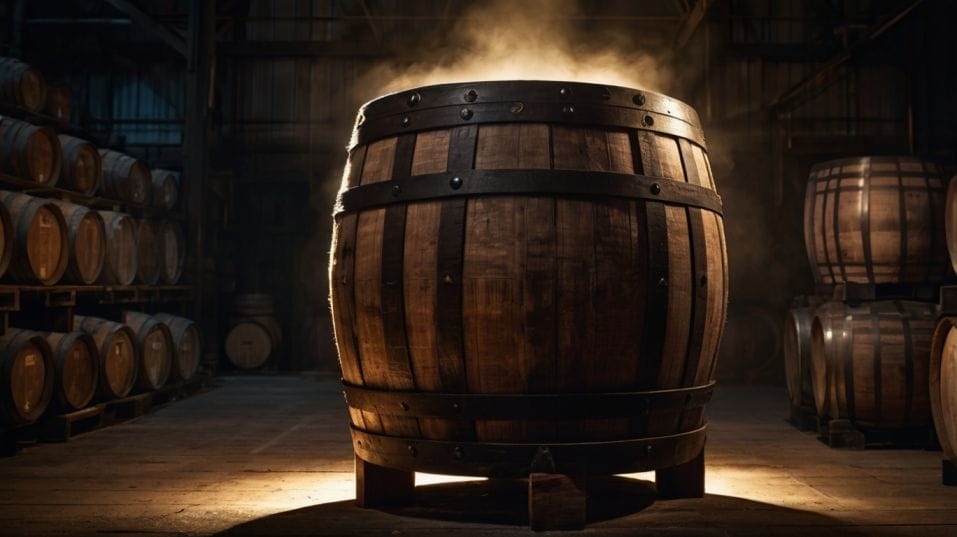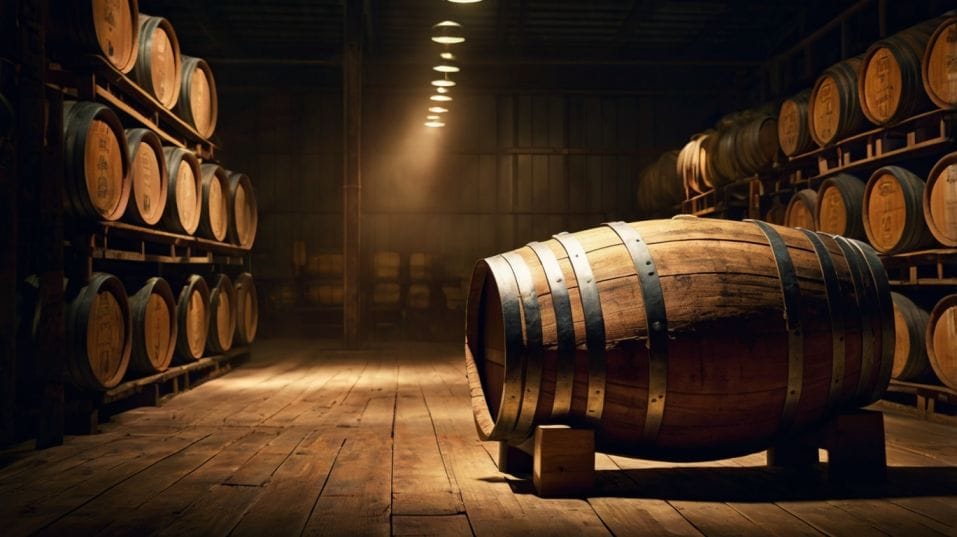Why Single Cask Whiskey Is So Special
Discover why single cask whiskey matters. Learn to taste with purpose, spot real rarity, and build a collection that reflects your own palate.

Ever wonder what whiskey tastes like when nothing’s hidden—no blending, no safety net, just the raw character of a single barrel? If you’re curious about flavor, not just hype, it’s time to explore single cask whiskey.
This isn’t about trends. It’s about learning what real complexity tastes like and trusting your own palate. Because once you taste a whiskey that stands alone, you’ll never look at the usual shelf stuff the same way again.
What Exactly Is Single Cask Whiskey?
Let’s strip it back. Most whiskey—what you’ll find on almost every shelf—is made by blending liquid from many barrels. Dozens, sometimes hundreds.
The goal is consistency. Brands aim to create the same flavor profile year after year, batch after batch, regardless of how each individual barrel behaves.
That’s smart business, and it makes whiskey more accessible. But it also smooths over the nuances that make great whiskey truly unforgettable.
Single cask whiskey is the opposite. It’s drawn from one barrel. That barrel could have spent a decade baking in a top rack of a hot warehouse or mellowing quietly near the ground.
It might come out tasting like fig jam and clove—or like burnt sugar, smoked meat, and gunpowder. You don’t get a guarantee. You get whatever the cask gave.
This is whiskey with no backup plan. It’s raw, often bottled without chill filtering or dilution, sometimes at cask strength. You’re tasting exactly what that cask created. One chance. One voice.

The Flavor Doesn’t Lie
Here’s the simple truth: single cask whiskey trains your palate in a way few other spirits can. That’s because nothing is masked, averaged out, or smoothed over. Every detail comes through—good or bad. And that’s a gift.
Tuning Into Subtlety
You’ll start noticing things you never caught before. The way a certain barrel might pull deep molasses out of the wood, or how another one somehow blooms into bright red fruit.
One cask might dry out on the finish. Another might expand, saturating your palate with waves of spice. You’re not just sipping whiskey—you’re reading its history.
And you’ll learn that flavor doesn’t come from age alone. A young barrel that’s had the right conditions can blow away a sleepy 18-year-old.
You begin to develop instincts about quality, about balance, about what you actually enjoy—not what the label tells you should.
Real Rarity, Not Manufactured Scarcity
Let’s be clear: “limited edition” means almost nothing in the whiskey world. It’s a phrase used to justify inflated prices on bottles designed to sell out fast.
But with single cask whiskey, the rarity is baked in. You’re dealing with liquid that exists in finite quantity—often just a few hundred bottles. Once that barrel is empty, that exact flavor profile is gone forever.
Collecting Moments, Not Labels
That doesn’t just make it collectible. It makes it personal. Each bottle becomes a moment in time: a unique expression of a single barrel, shaped by wood, air, temperature, and time. That’s not marketing. That’s reality.
The good news? You don’t need to chase unicorns or overpay. Some of the best single casks come from independent bottlers or under-the-radar distilleries.
If you’re paying attention—and tasting with purpose—you’ll find gems that others miss. Often at prices that beat the hyped-up releases.
Learning to Taste Like a Pro
Tasting single cask whiskey rewires how you experience flavor. You don’t just sniff and sip. You analyze. You explore. You compare.
Maybe the nose opens with stone fruit, but the palate leans savory. Maybe it evolves in the glass—tight at first, then expanding after ten minutes of air. These aren’t casual pours. They’re lessons.
Owning Your Palate
And here’s the thing: single cask tasting builds confidence. You stop needing scores, reviews, or groupthink to tell you what’s “good.” You trust your senses.
You develop language for what you like and why. That makes you a smarter collector, a better drinker, and—frankly—a more interesting person to share a pour with.
It also sharpens your bullshit detector. You’ll start seeing through flashy packaging, overblown marketing, and trendy flavor-of-the-month releases.
You’ll know when a whiskey’s been sculpted to please the masses, and when it’s just… alive.
A New Way to Collect
If you’re building a whiskey shelf—or a full-blown collection—single cask bottles offer something most mainstream releases don’t: character. Each one stands alone. Each one tells a story.
Building a Flavor Archive
Instead of buying five nearly identical bottles from the same brand, imagine curating a set of single casks that show the range of a distillery—or the subtle variations between refill vs. first-fill barrels, or bourbon vs. sherry maturation.
You’re not collecting products. You’re building a flavor archive. Yes, the scarcity adds value. But the real reward is knowing why a particular bottle is special.
Not because it’s rare, but because it offers something you can taste—something you can’t find anywhere else.
Final Thoughts: Try What You Can’t Replace
Single cask whiskey isn’t about chasing perfection. It’s about chasing truth. Honest, unfiltered, sometimes unpredictable truth. One barrel. One voice. No second takes.
If you're serious about whiskey—about flavor, not just fandom—seek out a single cask you've never tried before. Explore something outside your comfort zone.
Don’t read a review first. Taste it blind. Take notes. Compare it to something familiar. Talk about it with someone who knows less than you do. Learn from both the wins and the disappointments.
This is how you sharpen your palate. This is how you build a real collection. Not by following the crowd—but by trusting your senses, one bottle at a time.




